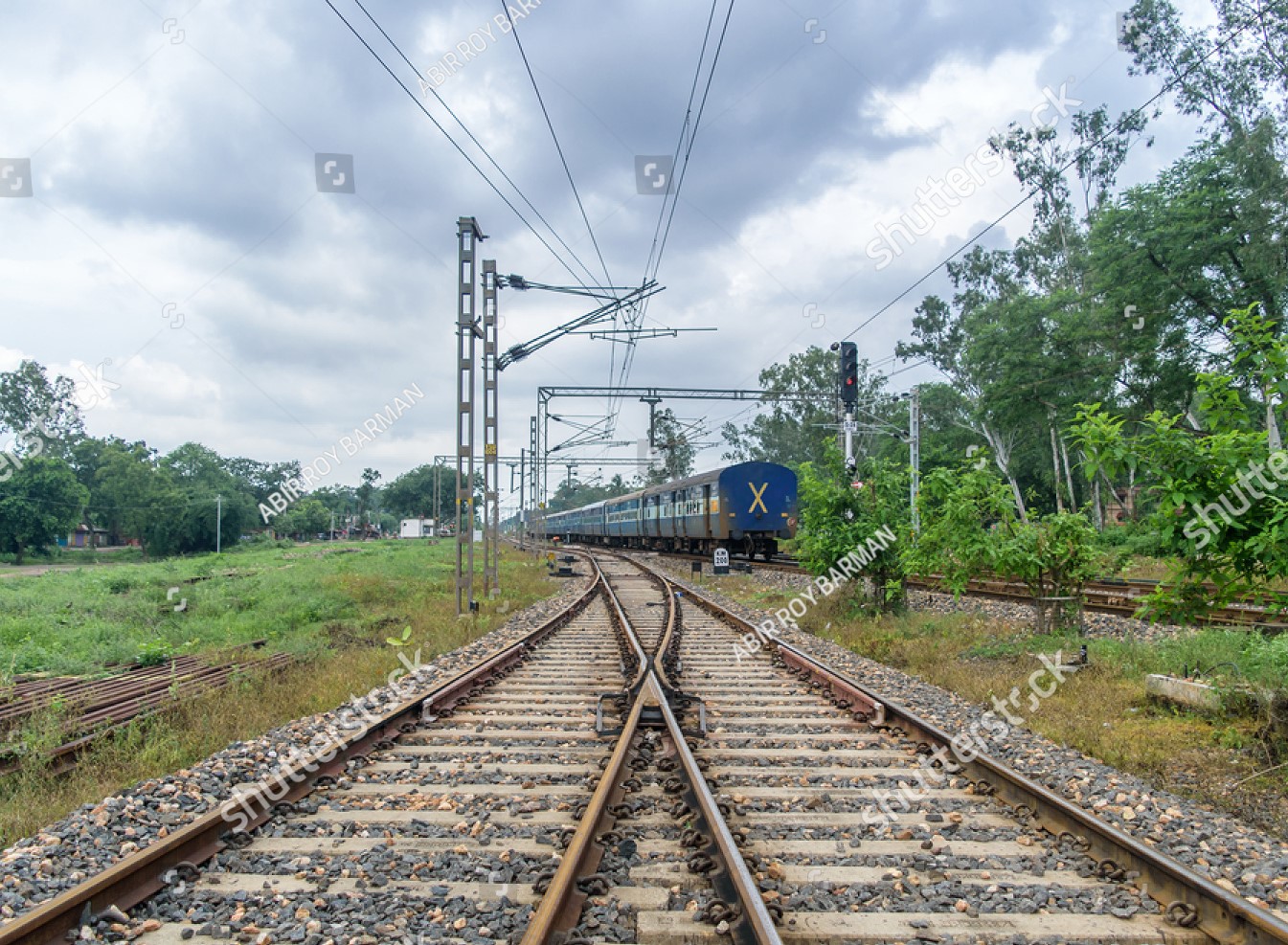Our stimulating Electrical and Railway Engineering Minor Project programme enables you to gain strong theoretical and practical skills in electronic and electrical engineering and to collaborate with academics who are global experts in their field.
You’ll extend your technical understanding and learn how to apply your knowledge and creativity to solving electrical and railway engineering problems. You’ll focus on understanding on designing real control systems. You will come to understand railway infrastructure and signalling systems.
➢ Overview of railway crossings and their significance
➢ Types of railway crossings (level crossings, pedestrian crossings, road crossings)
➢ Importance of safety and risk management
➢ Factors influencing level crossing design
➢ Different types of level crossing designs (passive, active, grade-separated)
➢ Crossing surface materials and road geometry considerations
➢ Introduction to level crossing safety systems
➢ Automatic barriers and gates
➢ Flashing lights, bells, and warning signs
➢ Train-activated warning systems
➢ Understanding risk assessment in level crossing management
➢ Identifying potential hazards and risks
➢ Strategies for risk reduction and mitigation
➢ Design considerations for pedestrian crossings
➢ Specialized crossings for cyclists and wheelchair users
➢ Road-rail intersections and management of road traffic
➢ Throughout the course, practical examples, case studies, and site visits (if possible) can be used todemonstrate real-world applications and challenges related to railway crossings.
➢ Overview of railway crossings and their importance
➢ Types of railway crossings (level crossings, pedestrian crossings, road crossings)
➢ Historical perspective and evolution of railway crossings
➢ Factors influencing level crossing design
➢ Different types of level crossing designs (passive, active, grade-separated)
➢ Crossing surface materials and road geometry considerations
➢ Introduction to level crossing safety systems
➢ Automatic barriers and gates
➢ Flashing lights, bells, and warning signs
➢ Train-activated warning systems
➢ Understanding risk assessment in level crossing management
➢ Identifying potential hazards and risks
➢ Strategies for risk reduction and mitigation
➢ Best practices for level crossing operation
➢ Routine maintenance and inspection procedures
➢ Dealing with emergencies and breakdowns
➢ Modern technologies for enhancing level crossing safety
➢ Introduction to obstacle detection systems
➢ Integration with train control systems
➢ Design considerations for pedestrian crossings
➢ Specialized crossings for cyclists and wheelchair users
➢ Road-rail intersections and management of road traffic
➢ Laws and regulations governing railway crossings
➢ Liability and responsibility of railway authorities
➢ Public awareness campaigns and community engagement
➢ Global standards for railway crossings
➢ Case studies of successful crossing implementations
➢ Learning from accidents and incidents
➢ Conducting safety audits and assessments
➢ Final review and Q&A session
This comprehensive 10-day course provides participants with an in-depth understanding of railway crossing design, safety measures, risk assessment, and management strategies. Practical examples, site visits (if possible), and interactive activities will be incorporated to enrich the learning experience and ensure effective knowledge transfer.

✔ 10 - 12 hours online training/p>
✔ Cource content will be provided
✔ Three online assessments
✔ Assignments
✔ Certificate of completion